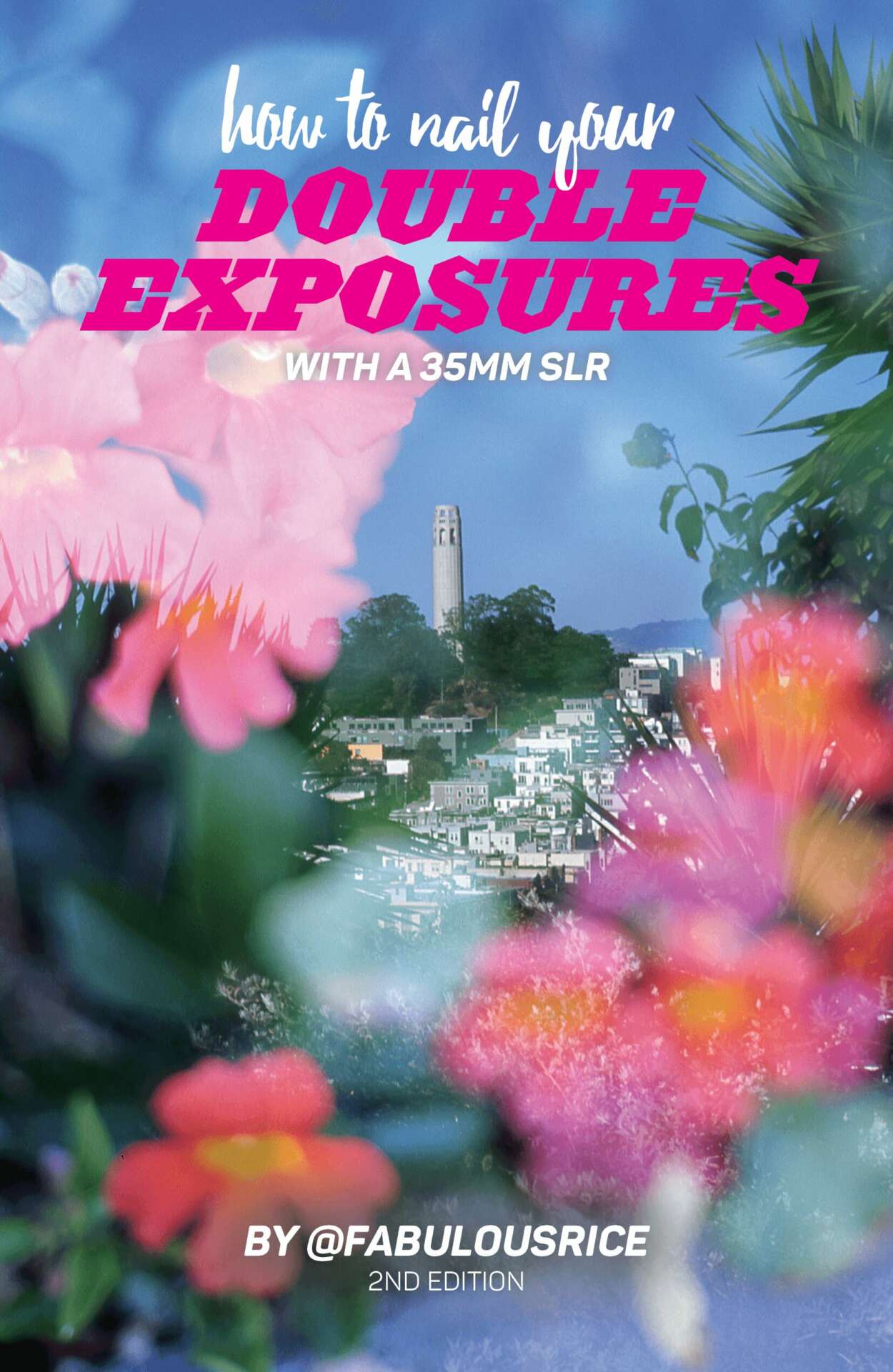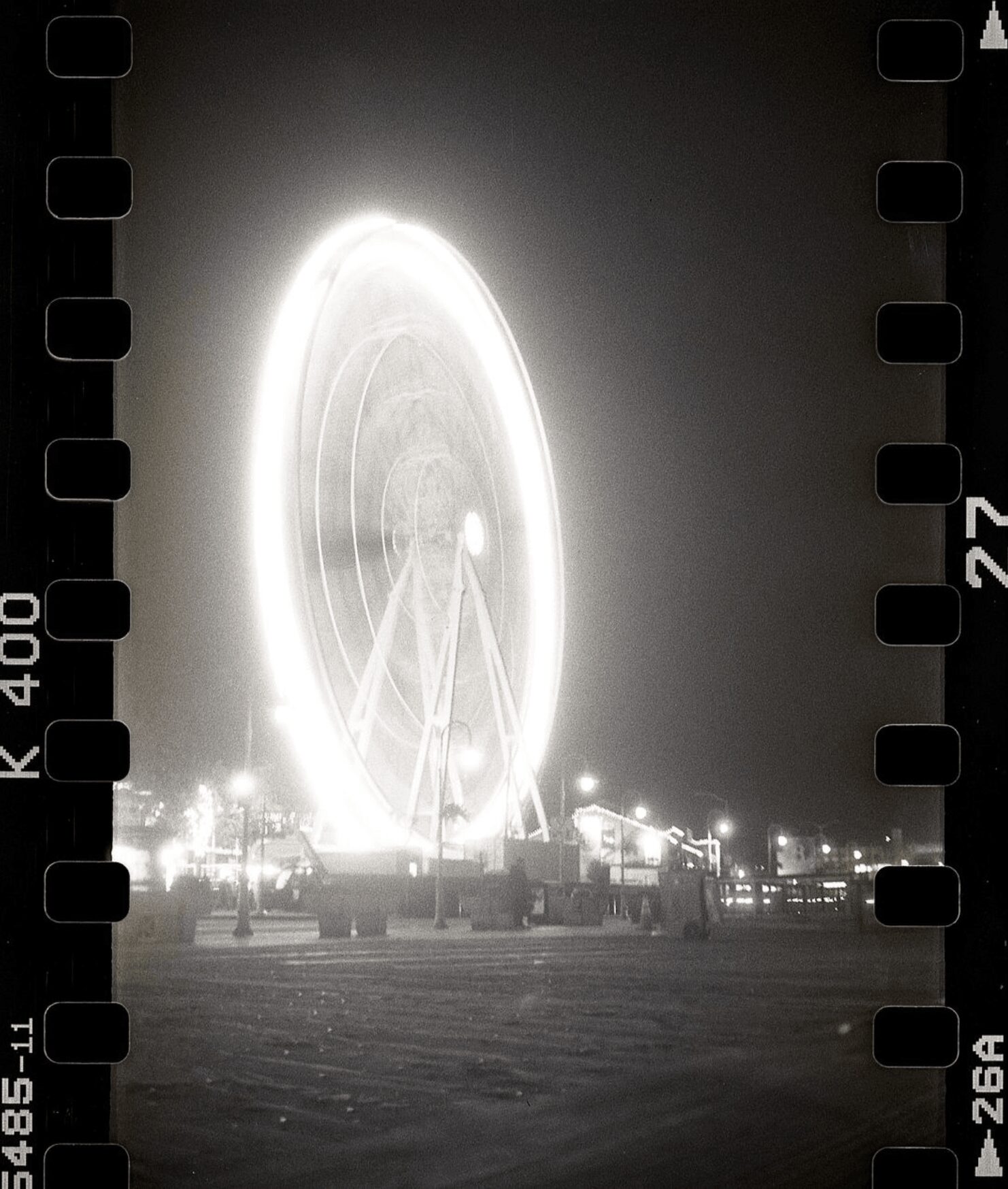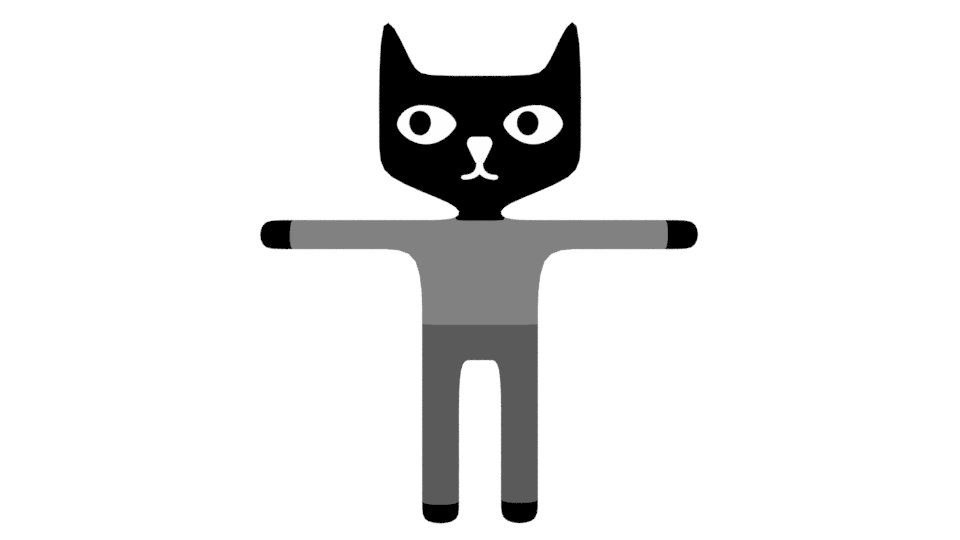We’re excited to introduce you to the always interesting and insightful Fabrice Ducouret. We hope you’ll enjoy our conversation with Fabrice below.
Hi Fabrice, thanks for joining us today. We’d love to hear from you about what you think Corporate America gets wrong in your industry and why it matters.
What corporate america gets wrong about creative work is that you can and should measure the impact of creativity in revenue numbers. Establishing brand identity and strong communication materials requires a vision and a direction that cannot always be captured by metrics. Some creative choices also pay off twice as much in the long run, as opposed to quick cash-grab actions.
I also find corporate america to lack of audacity, vision and culture in its marketing strategies, rarely venturing outside the boundaries of mainstream corporate communication and following trends that rarely lift off into memorable endeavors.
Companies often struggle finding the right tone when addressing their target audience, and addresses it in a way that is neither gratifying nor trusting. And quite like a vicious circle, addressing audiences as if they weren’t able to react positively to elaborate, artistic, humorous or sophisticated campaigns participates in fostering environments where mediocrity reigns supreme.
I often feel like the impact of digital technology on creativity over the past 30 years has been mostly negative. In my experience, ideas and creativity with a potential for traction come to life effortlessly when creative staff has a range of different experiences and creative practices that goes beyond computer skills.
There are a lot of prejudices against creatives with more experience than academic credentials, or against creatives that are comfortable in different fields of activity, or against creatives who have a strong personal identity in their portfolio or are passionate about what they do, and I feel like this is a big part of the problem. The only thing that should matter when building creative teams are whether or not they have ideas, whether or not these ideas are good, and what range of skills they bring to the table – the more the better. This is unfortunately difficult or impossible to assess properly in the corporate environment if teams are siloed or if company culture fosters a sterile environment.
I strongly believe that good creatives should be capable of solving creative problems in almost all creative fields, and be curious enough to build knowledge and develop skills in a wide array of techniques, which isn’t a very widespread concept in corporate america. Usually a limited range of skills fits more nicely into the idea that people have of what a Creative Designer does.
This may go against popular belief, but I am convinced that having a wide range of skills makes a creative professional better in each of their fields of expertise. For example, someone who has experience as a type designer will make better typographic choices as a designer than a designer who doesn’t. Someone who is an achieved photographer will know what visuals will be the most striking for the cover of a book or a music album than a designer who doesn’t have experience in photography. Someone who has both typographic and photographic skills should be able to design a poster that combines typography and photography with excellence, and could even create the typography and the photograph themselves if asked to (because of a limited team, creative goals, limited budget or time constraints). Therefore, a designer with typographic or photographic achievements should be better at making the right choices.
On a few rare occasions, bold choices in art direction or originality in tone will be detected and are usually the sign of a creative team that really understands the challenges and leaps of faith that good communication requires.
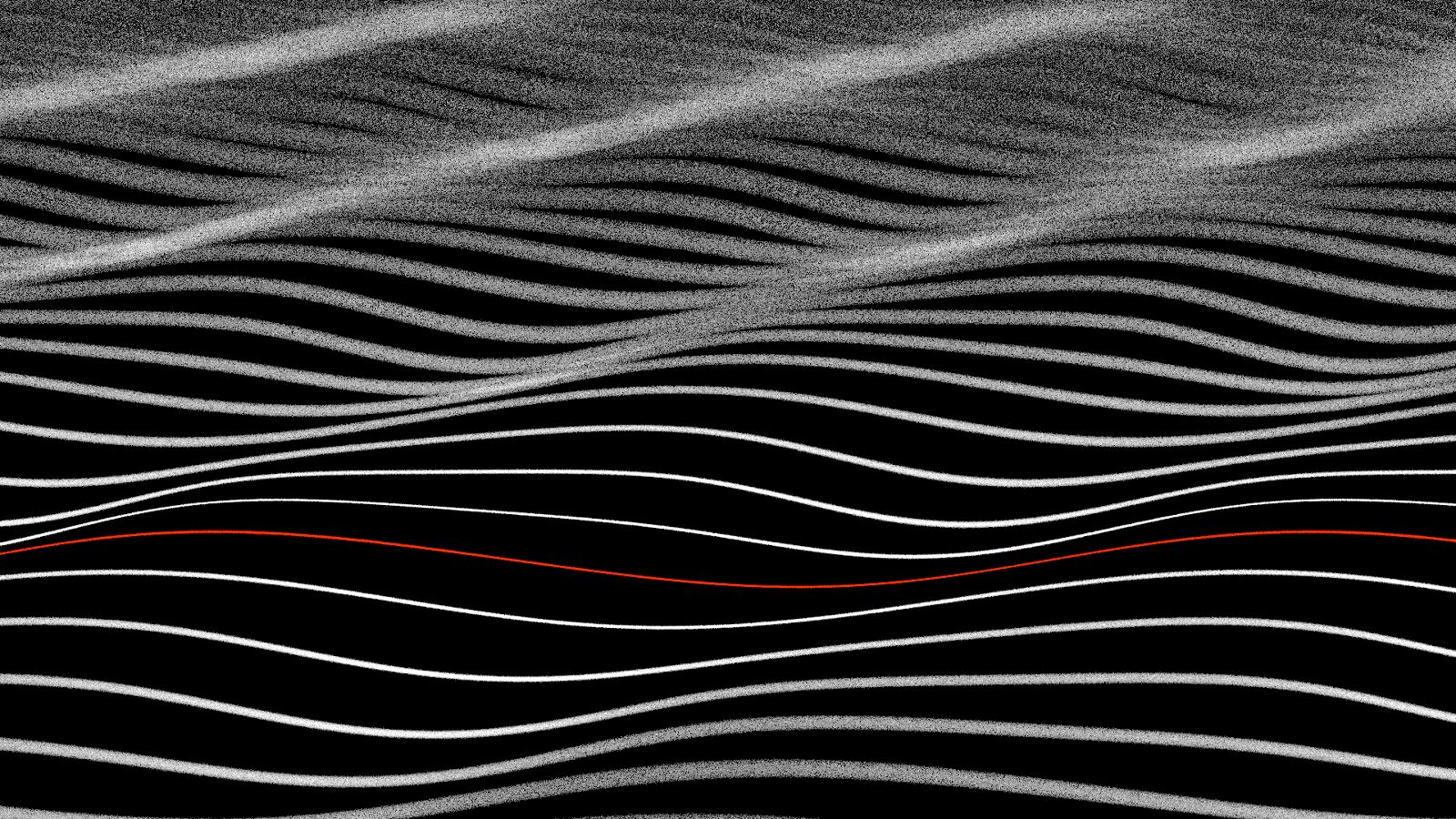
Great, appreciate you sharing that with us. Before we ask you to share more of your insights, can you take a moment to introduce yourself and how you got to where you are today to our readers.
I am a Graphic Designer, Photographer, Type Designer, Filmmaker, Illustrator, Animator, Editor and Writer. I started my creative journey at a very young age, I started making films at age 6 using my mother’s film camera. I got into photography at age 14 using my father’s 35mm SLR. I graduated with an Arts and Languages major in France, using my film, sculpture and illustration work to get high grades. I self-taught myself Graphic and Type Design when I was 18 and got a computer with Adobe software and Type creation software on it. I quickly started used it to also edit films and make animations, while continuing to practice filmmaking, graphic arts, photography and illustration.
A wide range of clients and employers have reached out to me over the past 20 years. I have worked in Print Design, Packaging Design, Web Design, Campaigns and Newsletters, created designs for video games and album covers, directed music videos and commercials, founded and designed an online social network, worked on feature films, commercials and short films, sold computer fonts that I designed around the world that were distributed in millions, and collaborated with hundreds of models and artists through my photography.
I am extremely proud of the diversity of creative projects I have accomplished in my life. I love that there are hundreds of printed products circulating in the world that have a font I designed based on my handwriting on them.
I love having worked on feature films and a long list of short films that won awards at festivals. I love that my photography and illustration work has been published and exhibited worldwide. But most importantly, I am grateful for the human connections I have made through my career and being able to learn from the best.
I want people who are interested in working with me to know that I will put all my creative efforts and technical standards at the service of their brand and message.
I see myself as someone who is in the tradition of creative designers of the golden age, who would wield photography and filmmaking and illustration and type design and physical product design within one single career, and be both productive and push the boundaries of each field. And most of them built their careers before computers were even a thing.
I respect the works of designers like Saul Bass, Charles and Ray Eames, Etienne Robial, Chip Kidd, Paula Scherr, Christoph Niemann or Michal Batory, who have often combined photography and type, animation and photography, and used mixed media to produce results that created long lasting impact, and blurred the line between applied arts and graphic arts.
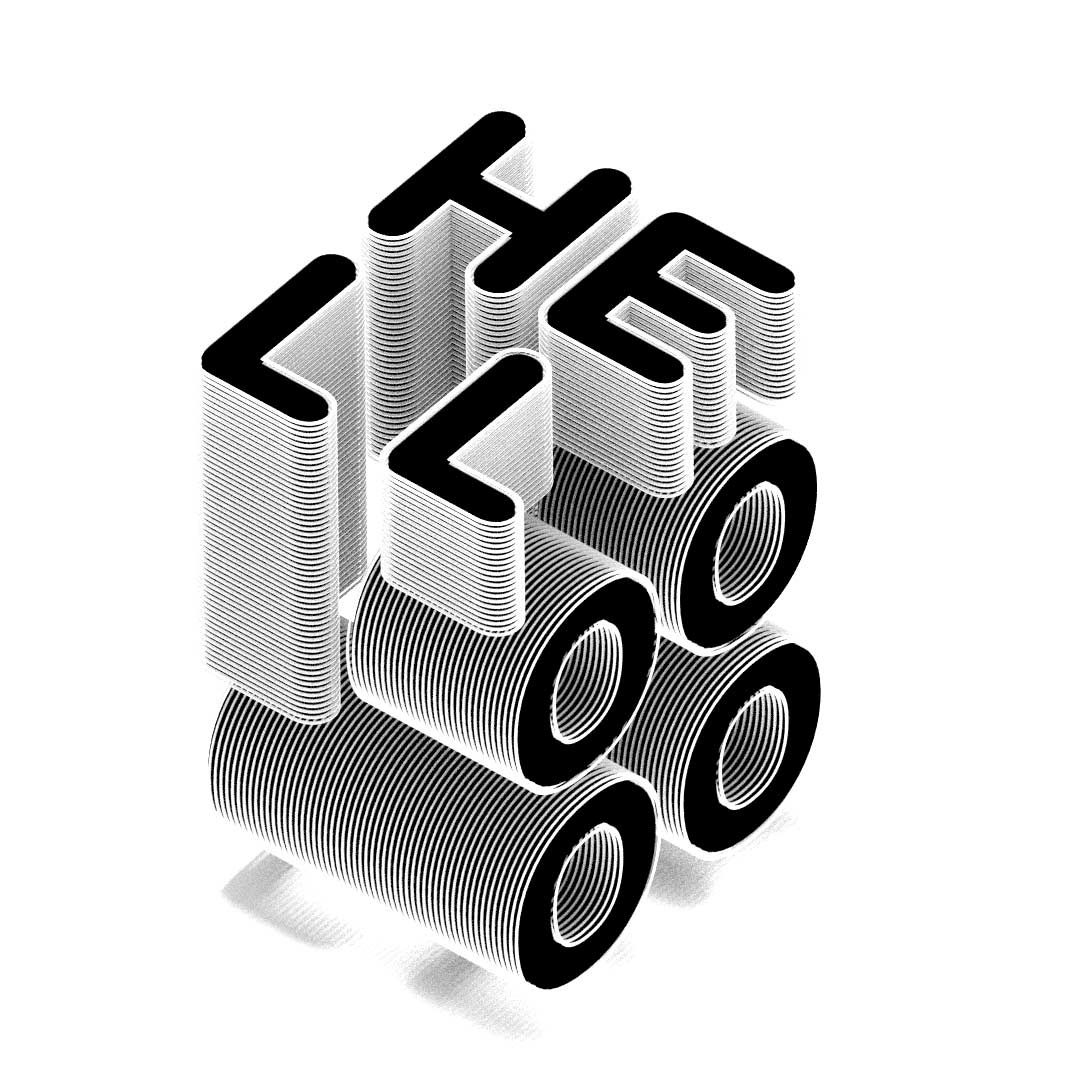
What do you think is the goal or mission that drives your creative journey?
The mission behind my creative journey is to deliver what I think is the best possible answer to a creative need or message. I am a perfectionist and someone that likes to go into microscopic details as long as it doesn’t slow down the process, and rarely make choices unless I am sure that I have considered all the options possible.
After practicing thinking outside of the box for the past 20 years, and working my way through tens of thousands of creative choices, I believe my creativity is like a sharp tool that gets sharper the more I use it, and want to bring my high standards of creativity and originality to as many clients and exciting projects as I can.
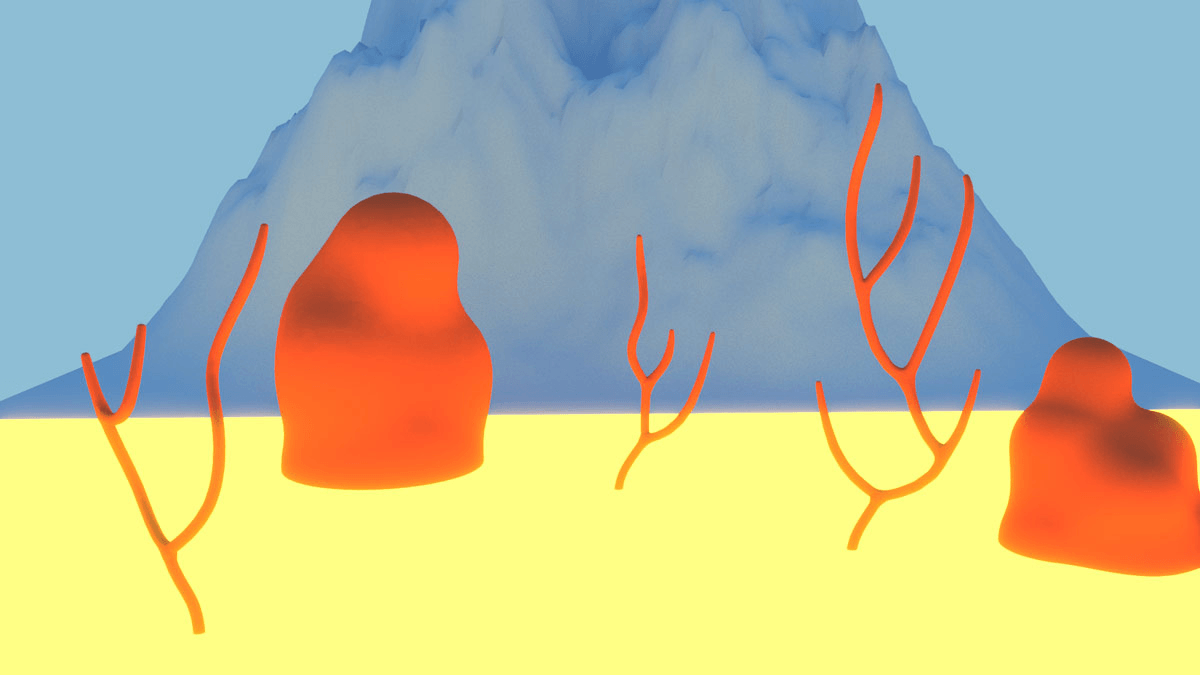
For you, what’s the most rewarding aspect of being a creative?
The most rewarding aspect of being an artist or a creative for me, is looking back and seeing all the projects that would never have existed without me. Being able to browse hundreds of finalized projects that I have imprinted with my creative decisions and personal ideas. Navigating my archives and my portfolio like one strolls inside a museum, but it is my body of work. Thinking not only about the works themselves, but also about the personal journeys and teachings, the mentorships, and the stories behind each finished item. Seeing how I transformed my time into creative pieces, and imagining the multitude of lives that every little thing I have ever created has lived.
Contact Info:
- Website: https://fabulousrice.com
- Instagram: https://instagram.com/fabulousrice
- Linkedin: https://www.linkedin.com/in/fabriceducouret/
